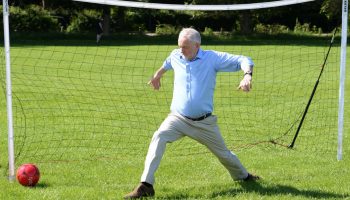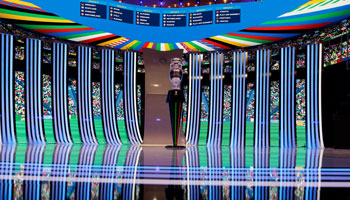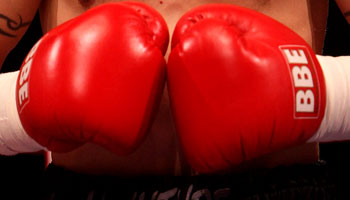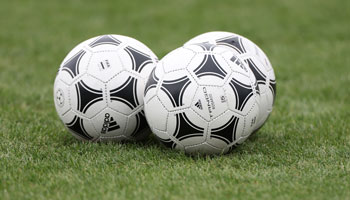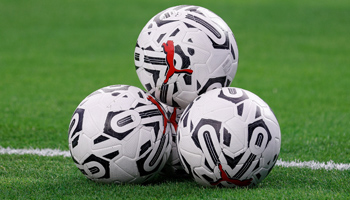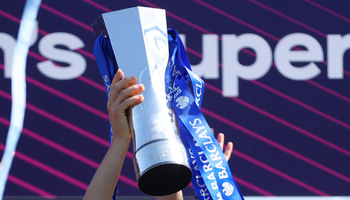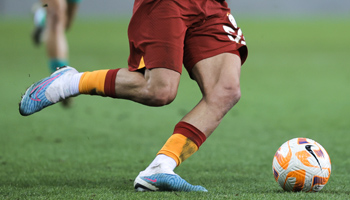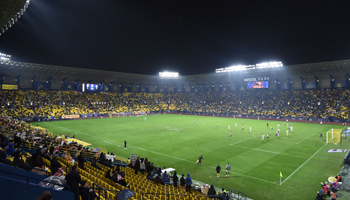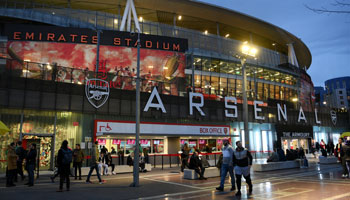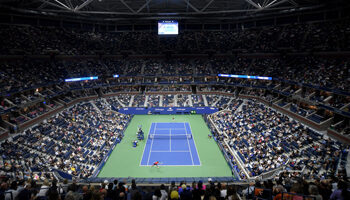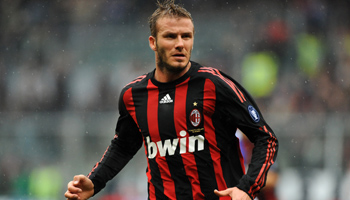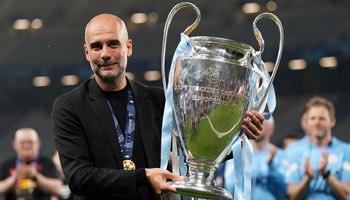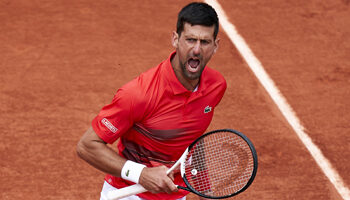With the football season coming to a close just as coverage of the General Election 2017 starts to ramp up, it is inevitable that there will be some cross-over between the two in the public consciousness.
What you might not realise, though, is just how much the fates of the nation’s football clubs and political parties have been entwined in recent years. We’ve crunched the numbers and uncovered some uncanny relationships between the two.
The first unusual pattern we noticed was that the champions of England played in shirts the same colour as the most popular political party in every general election for the last 30 years. We’ve taken a slight liberty with the Leeds-Conservative victory of 1992 but the last top-flight champions before the inception of the Premier League did have a noticeable blue trim on their otherwise white kit that year. While Labour won the 2005 election – a year in which Chelsea claimed the first of four successive election-year titles – the Conservatives actually won the popular vote in England.
The fortunes of Premier League clubs in the Champions League have provided an even more reliable barometer of political fortune. In election years when at least one English club gets past the quarter-finals, the masses have delivered a Labour victory, but in those seasons where our representatives collectively fail to navigate beyond the last eight, the Conservatives have triumphed. With the latter scenario in effect this year – only Leicester even made it as far as the quarter-finals – there’s more good news for the current party of government.
It’s not all doom and gloom for Labour, with plenty of symmetry in the struggle between red and blue over the past three decades. Every general election since 1987 has seen the most seats won by the party whose colour matched the dominant football kit in the English top flight, based on the number of goals scored. This season has seen 402 Premier League goals scored by clubs that play in red compared to just 368 by teams in blue, so a Labour win would extend a 30-year pattern.
We then looked at election results in more detail and discovered perhaps the most interesting pattern of all. At the last election in 2015 there were 13 constituencies which both changed hands and contained the stadium of a football club playing in one of the top four English divisions. All six which saw the club finish lower than they had in the previous season were won by the Conservatives, while the five in which the local club performed better – plus the two in which a team immediately bounced back from relegation – flipped to Labour.
This year there are six clubs who reside in constituencies with a majority of fewer than 1,000 votes so we thought it would be interesting to make some General Election 2017 predictions based on the pattern we found in 2015. The smallest marginal seat occupied by a football club is the Conservative-held Bury North, home of a Bury side which finished five places lower than last season, so that feels like it will stay blue. There are two Conservative seats – home to Brighton and Plymouth – which saw their clubs’ fortunes improve this term, while Bolton’s immediate return to the Championship makes a total of three likely Labour gains. However, the Labour-held constituencies containing Brentford and Wolves – both of whom finished a place lower than last season – could flip the other way.
